- Have any questions?
- 080 2558 0771
- 080 2558 0772
- mail@beleastmail.com
Itinerary:
Day 1 : We arrive at Narsarsuaq by scheduled plane from Keflavik, meet the tour guide for the short transfer to the harbour and board the ship, at the quai in Narsarsuaq. The large runway of Narsarsuaq was constructed during World War II. It is one of the warmest areas in Greenland, though close to the ice-cap. The ship will sail as soon as the passengers are on board and soon after dinner is served. The flight schedule is as following: Keflavik 16:45 – Narsarsuaq 17:30 by NY 465
Day 2 : In Nordre Sermilik (Isafjord) we are surrounded by mountains of over 1000 m. We make a landing on Eqaluit qeqertat and an old Thule settlement, where we can see the remains of a collection of earth houses from half a millennium ago, and push as far as the ice-bergs will allow us, to the glacier front of Eqalorutsit Kangidlit Sermiat. Sometimes other landings will be possible.
Day 3 : Today in Bredefjord at Qoornooq, we land in an area with beautiful remains of houses from the Thule culture. Later we sail to the spectacular glacier fronts of Qaleralik Sermia, where we will have some zodiac excursions and make some landings near the glacier. The glacier ice at the front has an intense blue color. The glaciers are retreating with about half a km per year. It is a good area for White-tailed Eagles, which predate on moulting Iceland Gulls.
Day 4 : We reach Lichtenau a lovely but nearly deserted Greenlandic village, where the Herrnhuters had a mission in the 18th Century, and where some of their large buildings still remain. On the small grave yard we see quite some German names from the Moravian missionaries, who worked here since the 18th century. Samuel Kleinschmitt developed the first orthography for the Greenlandic language. This is an area of agriculture, where potatoes are grown on a small scale.
We will try to get to Uunartoq, where we can bathe in a large hot spring surrounded by icebergs. Already in the Middle Ages the Norsemen of the area used to bathe here. Across at Vagar we find the remains of a Viking homestead.
Day 5 : Herjolfsnes (Ikigait) was the first landfall site for the Vikings when, in the Middle Ages, during about 500 years, they arrived from Iceland in Greenland. Across is the small settlement of Fredriksdal, where the Moravians had an important mission post until the beginning of last century.
Day 6 : At Hvalsey we visit the famous medieval Norse Cathedral, though small, the largest Norse building in Greenland, where until the end of the 14th century, according to historic documents, weddings took place.
Day 7 : In Eriksfjord we visit the Viking sites of Gardar. The walk is about 3 km, starting from the landing site at Itilleq in the neck of the Peninsula. During this walk we pass through pastures with grazing sheep and hay stacks, really a central area for Greenlandic agriculture. Our goal is Brattahlíð, where Erik the Red lived about a thousand years ago. Also here we see the remains of a small cathedral, and a reconstruction of the small church of Tjodhild, the wife of Erik the Red. In the evening we arrive at the port of Narsarsuaq.
Day 8 : Disembarkation is after breakfast around 09:00. We will bring the luggage to the airport and passengers have free time (lunch and excursions at own expenses). From Narsarsuaq we fly by scheduled plane to Keflavik. The flight schedule is as following: Narsarsuaq 18:15 – Keflavik 22:45 by NY 466
Itinerary:
Day 1 : We arrive at Narsarsuaq by scheduled plane from Keflavik, meet the tour guide for the short transfer to the harbour and board the ship, at the quai in Narsarsuaq. The large runway of Narsarsuaq was constructed during World War II. It is one of the warmest areas in Greenland, though close to the ice-cap. The ship will sail as soon as the passengers are on board and soon after dinner is served. The flight schedule is as following: Keflavik 16:45 – Narsarsuaq 17:30 by NY 465
Day 2 : In Nordre Sermilik (Isafjord) we are surrounded by mountains of over 1000 m. We make a landing on Eqaluit qeqertat and an old Thule settlement, where we can see the remains of a collection of earth houses from half a millennium ago, and push as far as the ice-bergs will allow us, to the glacier front of Eqalorutsit Kangidlit Sermiat. Sometimes other landings will be possible.
Day 3 : Today in Bredefjord at Qoornooq, we land in an area with beautiful remains of houses from the Thule culture. Later we sail to the spectacular glacier fronts of Qaleralik Sermia, where we will have some zodiac excursions and make some landings near the glacier. The glacier ice at the front has an intense blue color. The glaciers are retreating with about half a km per year. It is a good area for White-tailed Eagles, which predate on moulting Iceland Gulls.
Day 4 : We reach Lichtenau a lovely but nearly deserted Greenlandic village, where the Herrnhuters had a mission in the 18th Century, and where some of their large buildings still remain. On the small grave yard we see quite some German names from the Moravian missionaries, who worked here since the 18th century. Samuel Kleinschmitt developed the first orthography for the Greenlandic language. This is an area of agriculture, where potatoes are grown on a small scale.
We will try to get to Uunartoq, where we can bathe in a large hot spring surrounded by icebergs. Already in the Middle Ages the Norsemen of the area used to bathe here. Across at Vagar we find the remains of a Viking homestead.
Day 5 : Herjolfsnes (Ikigait) was the first landfall site for the Vikings when, in the Middle Ages, during about 500 years, they arrived from Iceland in Greenland. Across is the small settlement of Fredriksdal, where the Moravians had an important mission post until the beginning of last century.
Day 6 : At Hvalsey we visit the famous medieval Norse Cathedral, though small, the largest Norse building in Greenland, where until the end of the 14th century, according to historic documents, weddings took place.
Day 7 : In Eriksfjord we visit the Viking sites of Gardar. The walk is about 3 km, starting from the landing site at Itilleq in the neck of the Peninsula. During this walk we pass through pastures with grazing sheep and hay stacks, really a central area for Greenlandic agriculture. Our goal is Brattahlíð, where Erik the Red lived about a thousand years ago. Also here we see the remains of a small cathedral, and a reconstruction of the small church of Tjodhild, the wife of Erik the Red. In the evening we arrive at the port of Narsarsuaq.
Day 8 : Disembarkation is after breakfast around 09:00. We will bring the luggage to the airport and passengers have free time (lunch and excursions at own expenses). From Narsarsuaq we fly by scheduled plane to Keflavik. The flight schedule is as following: Narsarsuaq 18:15 – Keflavik 22:45 by NY 466





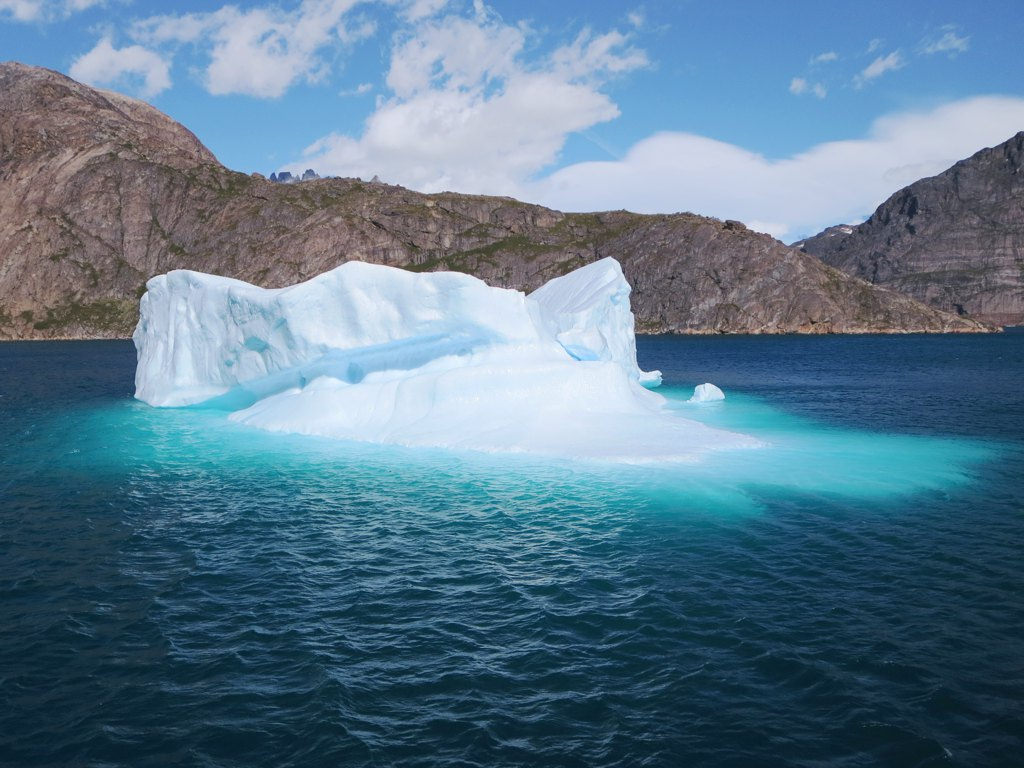
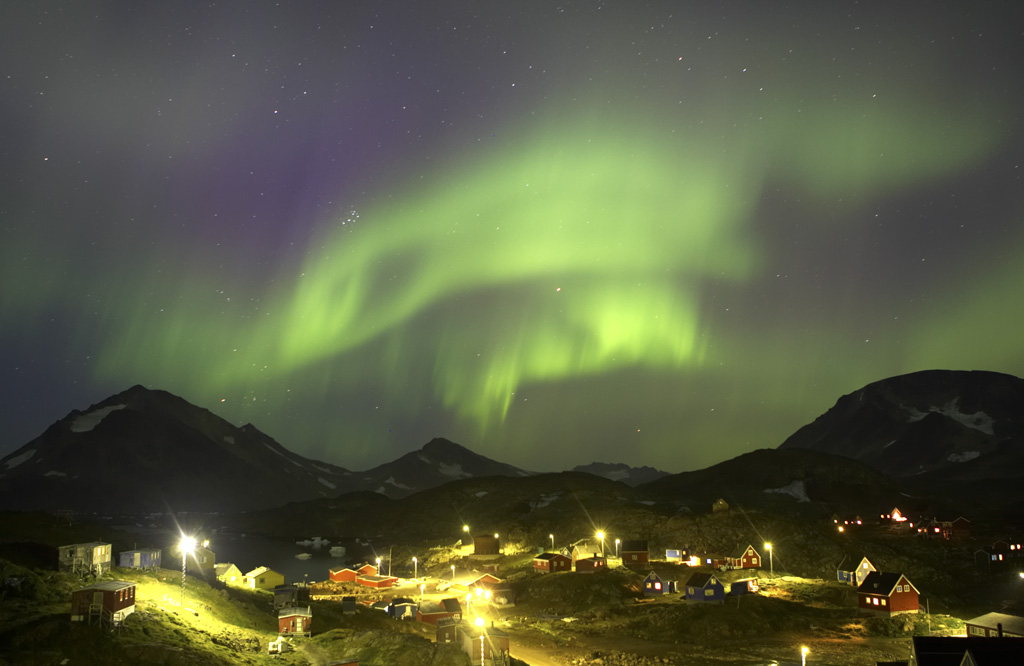
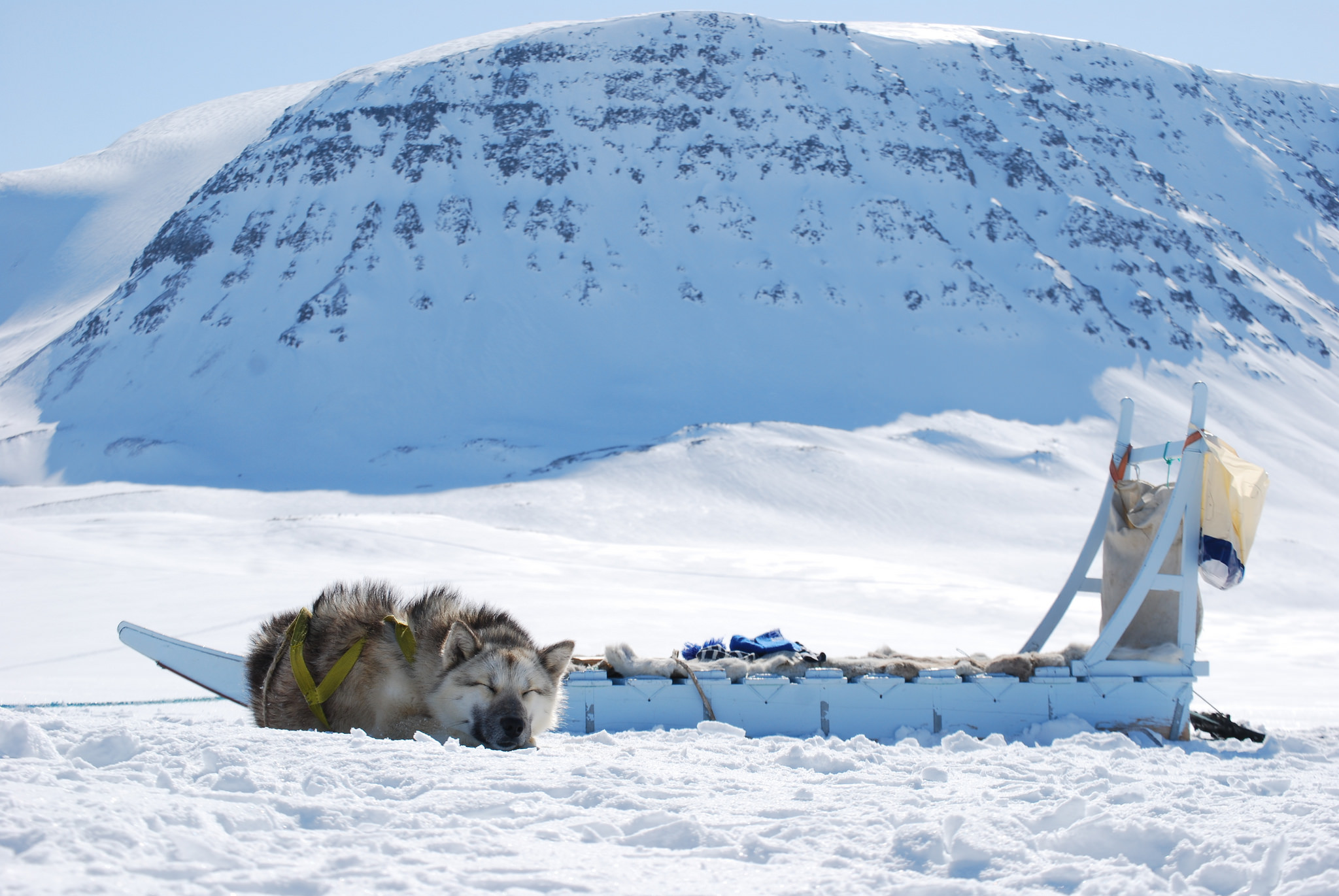
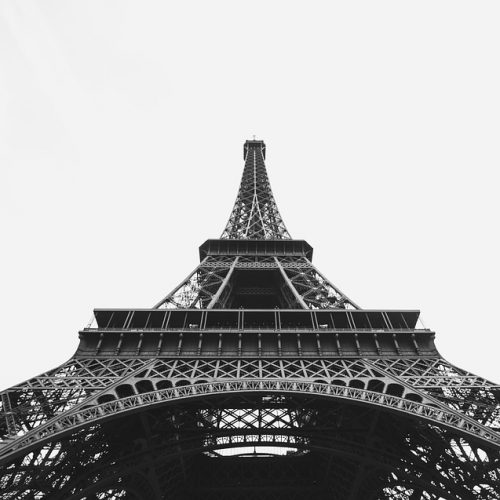
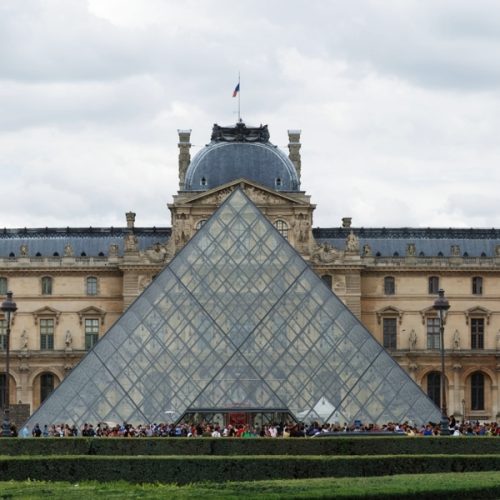
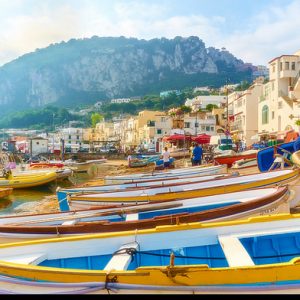
Reviews
There are no reviews yet.